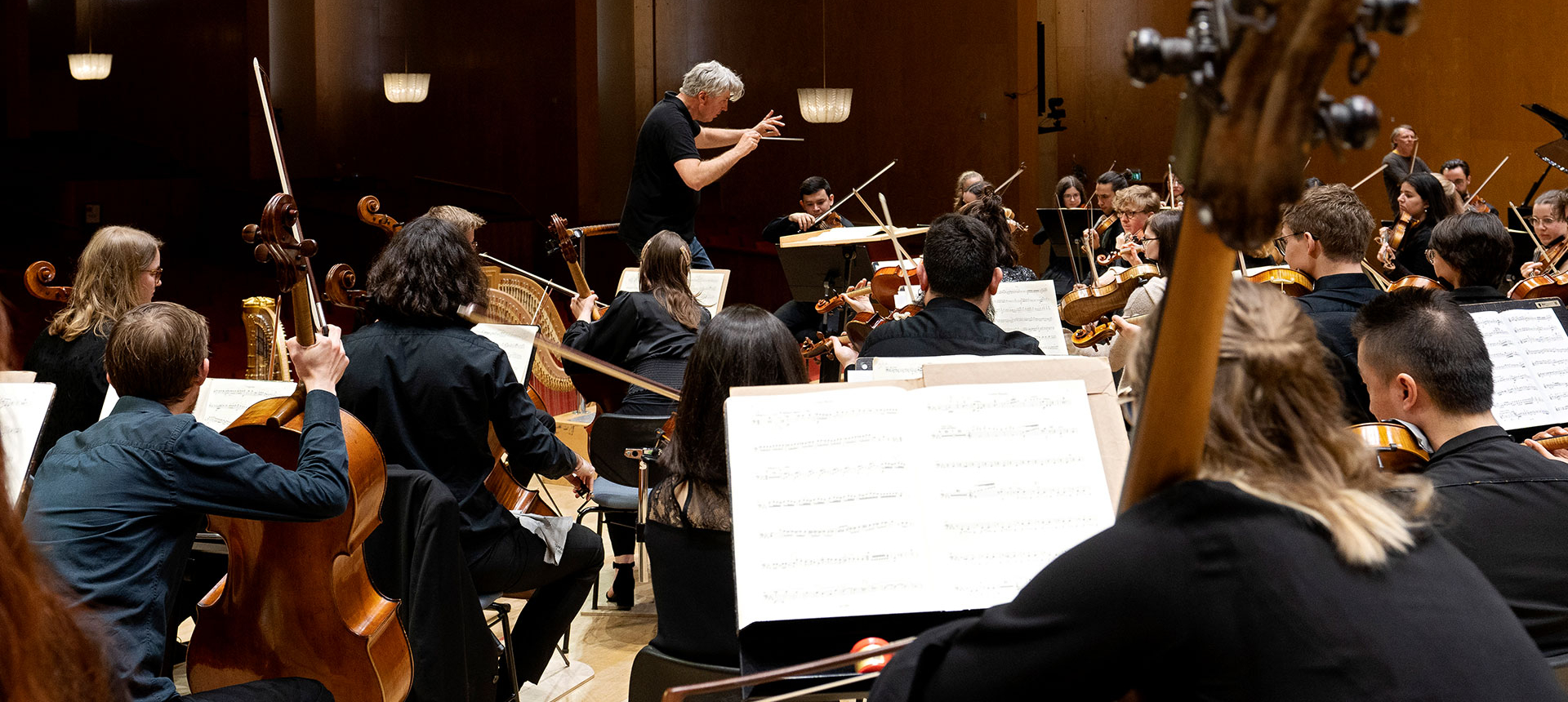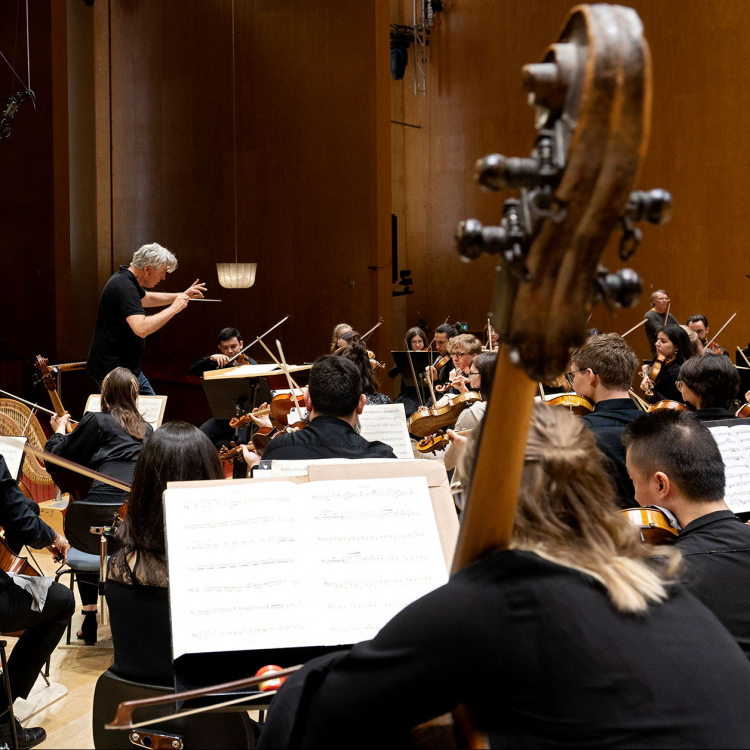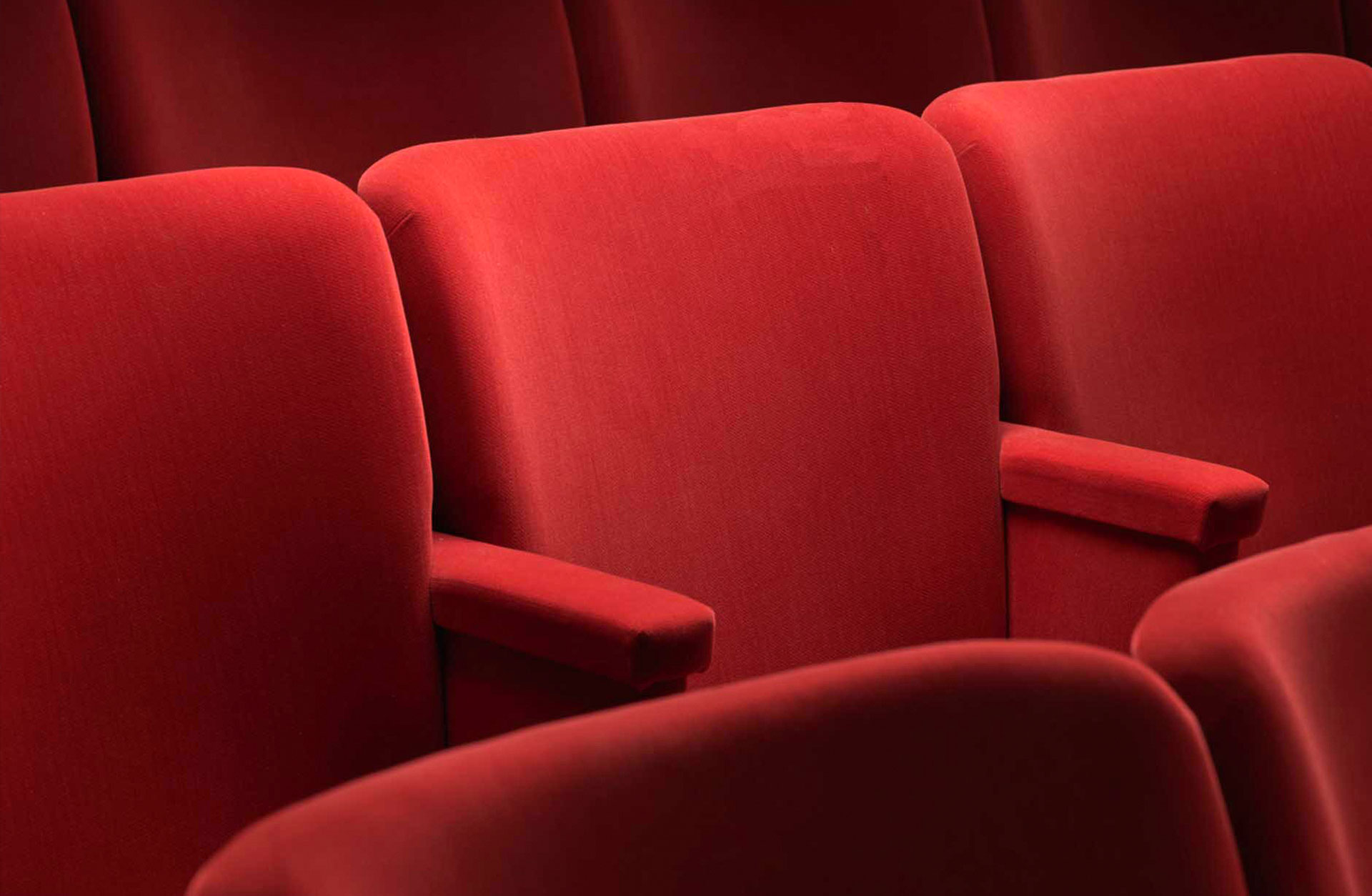Cart
Your cart is empty
Your cart is empty
List is empty
Press ESC to close the search field



Event has already taken place. Experience the young orchestra musicians from the master’s programme at the Academy of Music and Drama.
Meet the University of Gothenburg Symphony Orchestra which consists of musicians from the master’s programme in symphonic orchestra performance at the Academy of Music and Drama.
The programme is run in collaboration with the Gothenburg Symphony Orchestra and the Göteborg Opera, and we are delighted to welcome the orchestra to the Concert Hall, contucetd by Jurjen Hempe.

Here you will find all the necessary information that you need to know about before your magical visit in the Concert Hall.
Musicians from Gothenburg Symphony Orchestra, professional educators and singers inspire you in the Concert Hall - guaranteed energy injections for children and youth where you get to know even more people who love music.